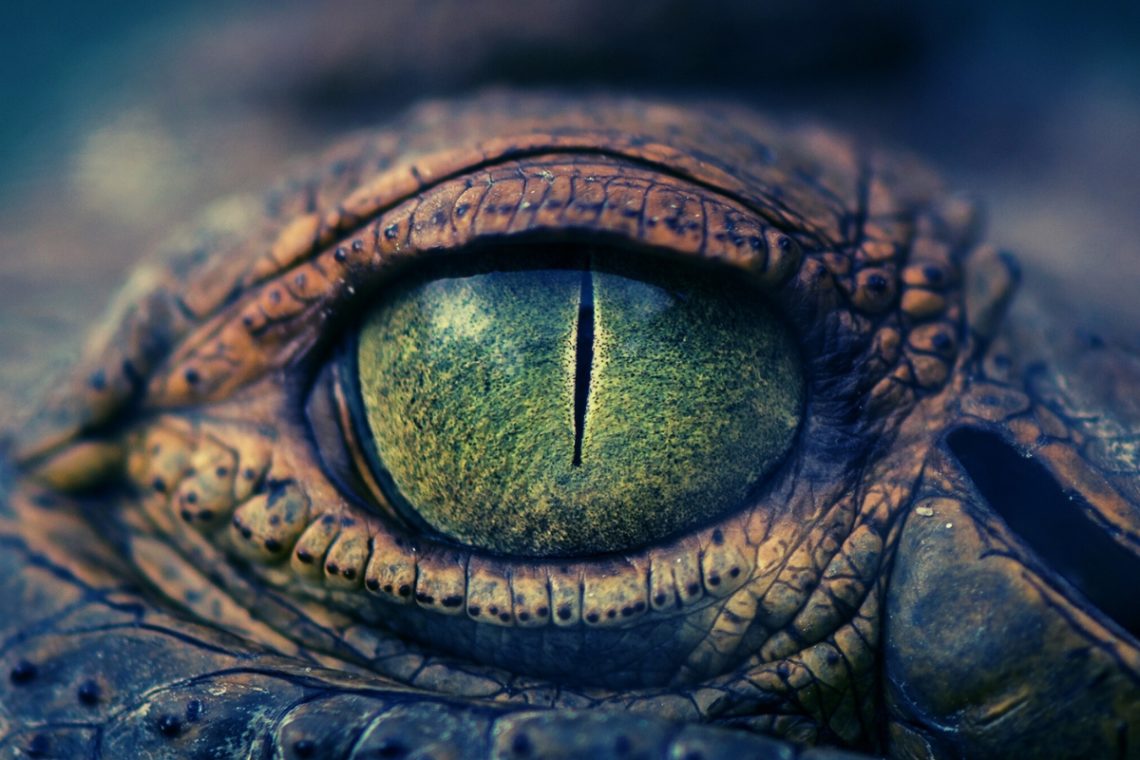When dinosaurs disappeared from Earth, most people assumed the age of terrifying predators went with them. But in ancient South America, something just as nightmarish took their place—giant, land-dwelling crocodiles built for speed, power, and meat. And now, researchers say these creatures didn’t vanish as early as once thought. They found their final sanctuary in the Caribbean.
In a study published this week in Proceedings of the Royal Society B, paleontologists announced the discovery of sebecid fossils in the Dominican Republic, dating back 5 to 7 million years. That’s at least five million years later than the previously known youngest fossils, which came from Colombia. The find includes a tooth and two vertebrae, unmistakably belonging to these ancient crocs.
“It is amazing to think that these fast-moving, dinosaur-like terrestrial crocs with serrated teeth specialized for cutting meat survived in the Caribbean hunting sloths, rodents, and whatever else was around,” said Jonathan Bloch, a co-author of the study and curator at the Florida Museum of Natural History.
Sebecids weren’t the typical water-loving crocs we know today. They were fully terrestrial, with long, upright legs and deep, narrow skulls that looked more like meat-eating dinosaurs than modern alligators. Their teeth were sharp, blade-like, and built for slicing through flesh. At their largest, some grew up to 20 feet long. The Caribbean specimen is smaller—about 7 feet—but still clearly a predator.
“These were the type of predators that one thinks were from the dinosaur times,” said lead author Lazaro Viñola Lopez, a paleontology graduate student at the University of Florida. “But they were very much part of the mammal age.”
Where Did These Crocs Come From?
Until now, these crocs were thought to have disappeared from mainland South America around 10.5 million years ago. But the new fossils suggest the Caribbean offered a kind of refuge—a last outpost for a once-dominant predator.
That raises another question: how did they get to the islands in the first place?
Researchers believe that around 32 to 35 million years ago, the distance between northern South America and the Caribbean was much shorter. Temporary land bridges or a chain of closely spaced islands may have allowed sebecids to island-hop into what are now Cuba, Puerto Rico, and the Dominican Republic.
“This shows how important islands can be as a biodiversity museum,” Viñola Lopez said, “preserving the last members of some groups that have gone extinct everywhere else.”
The post Long After Dinosaurs, These Crocs Ruled the Caribbean appeared first on VICE.




